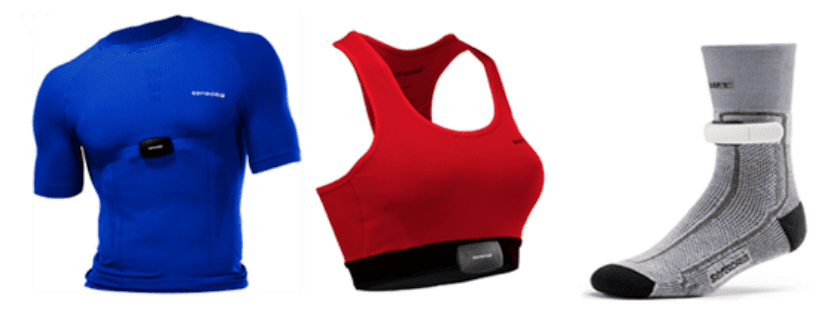Nowadays, it feels like we're living in a sci-fi movie with the development of self-driving cars, technology we can talk to, and watches that monitor our day-to-day activities. All that's missing is a suit and cape, right?… we're working on it! Smart textiles, or e-textiles, are fabrics that are interwoven with technology to provide user functionality and improved comfort. These functionalities range from device communication, physiological surveillance, medicinal application, and even energy production.
Smart textiles can be traced back to the late 19th century when illuminated headbands were used in La Farandole, the ballet. However, the past couple of decades have seen an explosion of these textiles developed for sportswear (Vitali bra and smart shoes), health management (Smart Shirt and Life Belt), and gaming (Forte Data Glove).

Smart textiles are divided into three main classes. The first generation, Passive Smart Textiles, are comprised of fabrics that have sensing properties with resistive and/or documentative function. Items like UV protective fabric, anti-microbial material, and electrocardiogram (ECG)/activity-recording shirts are all considered passive. The second generation, known as Active Smart Textiles, can both sense and respond to environmental stimuli such as material that can transdermally deliver insulin when blood glucose levels are high in diabetic patients. Very smart textiles (third generation) sense, respond, and adapt to changing stimuli, and can even be programmed according to the user's liking. For example, a team at the University of Washington is working on fabric that can act as an extension of the user's identity, enabling wearers to unlock doors with simply their shirtsleeve. A patch programmed with the passcode for the lock foregoes the use of a key or card for building access. The goal is to use this third generation of textiles to develop fashionable and functional clothing to improve the quality of life for a variety of wearers, from the Average Joe to a NASA astronaut to an Olympic speedskater.
Smart textiles are a step into the future, truly embodying the seamless integration of technology into everyday life, a theme gaining great momentum with the development of smart watches, cars, and even homes. With increased exposure and development of more durable and economical wearables, these smart fabrics could become self-sufficient without the need for carrying phones, keys, or medications. Basically your own personal batsuit!
Many companies are exploring the global smart textile market, which is expected to have a compound annual growth rate of over 33% during 2015-2020. A great example of a smart textile company is Brrr˚. Brrr˚ has created a technology called the ‘Triple Chill Effect', which assimilates three cooling effects to allow for rapid reduction of skin temperature by almost 3˚F after 20 minutes of wear. Apurba Banerjee, the lead scientist at Brrr˚ and a former UGA student with a PhD in Polymer, Fiber, and Textile Sciences, will be speaking at the upcoming Athens Science Café about smart textiles.
If you are interested in learning more, attend the Science Café event at 7pm on Thursday, September 27th at Little Kings Shuffle Club, where Dr. Banerjee will be delving deeper into the current state and future goals of smart textiles.
About the author:
 |
Chaitanya Tondepu is a Ph.D. Candidate in the Integrated Life Sciences program at the University of Georgia. Other than science, her favorite pastimes are dancing, hanging out with friends and family, exploring, crafting, and eating delicious food. You can email her at chaitanya.tondepu@uga.edu. More from Chaitanya Tondepu |
About the Author
- athenssciencecafehttps://athensscienceobserver.com/author/athenssciencecafe/April 17, 2020
- athenssciencecafehttps://athensscienceobserver.com/author/athenssciencecafe/April 12, 2020
- athenssciencecafehttps://athensscienceobserver.com/author/athenssciencecafe/April 3, 2020
- athenssciencecafehttps://athensscienceobserver.com/author/athenssciencecafe/March 30, 2020







